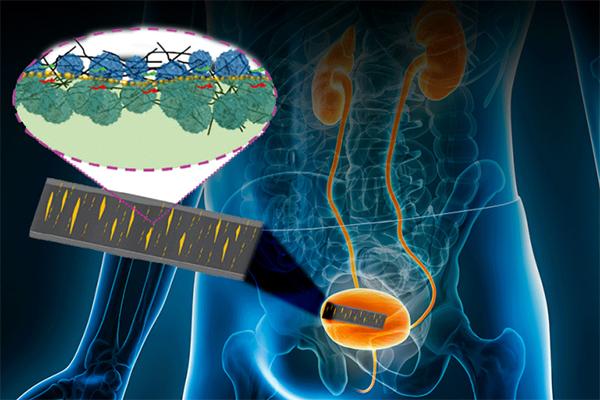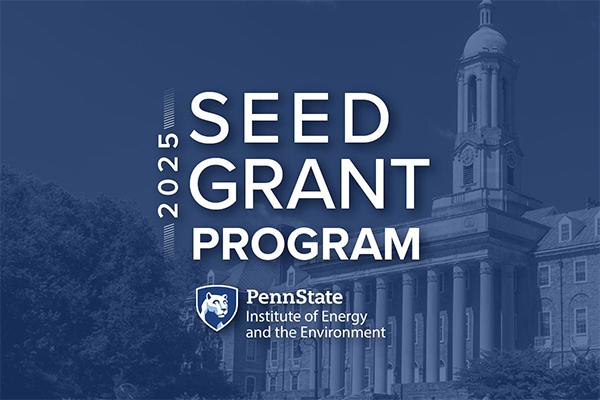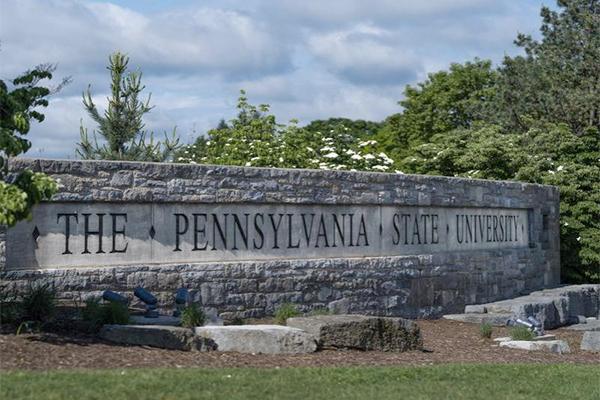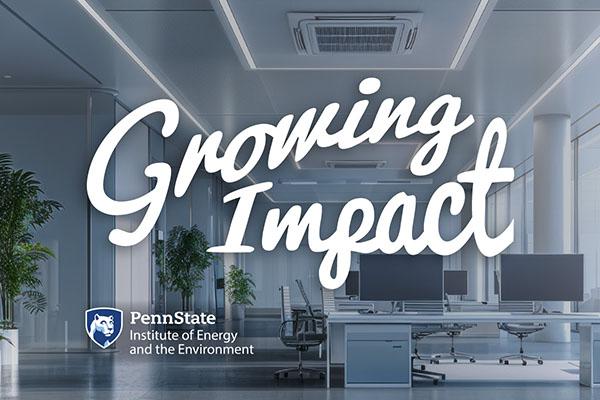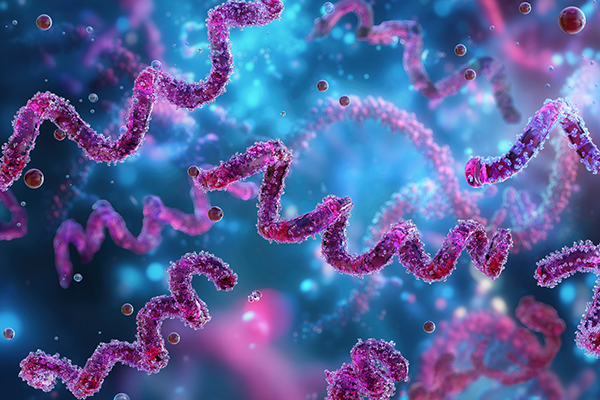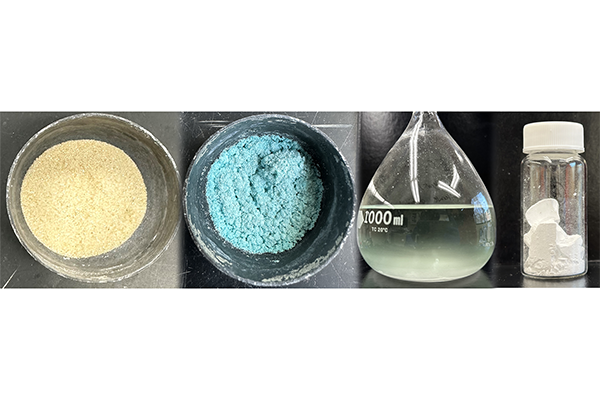Read the latest news about research conducted by investigators in the College of Earth and Mineral Sciences. Our faculty and students are continually advancing technology, creating solutions and expanding knowledge with new and innovative research.
News
A team led by researchers at Penn State developed a new method to evaluate cracks that destabilize ice shelves and accelerate loss of sea ice.
A new skin-like sensor developed by an international team led by researchers at Penn State could help doctors monitor vital signs more accurately, track healing after surgery and even help patients with bladder control issues.
A team of scientists led by Penn State has found a weakening AMOC impacts not just the ocean but also the atmosphere, and that these two factors may contribute equally to the cold anomaly.
Ten interdisciplinary research teams have received funding through the Institute of Energy and the Environment’s (IEE) 2025 Seed Grant Program.
Eight research projects have been selected for support from the Penn State Commercialization GAP Fund, including two by faculty in the John and Willie Leone Family Department of Energy and Mineral Engineering.
Penn State researchers used two-dimensional (2D) materials, which are only an atom thick and retain their properties at that scale, unlike silicon, to develop a computer capable of simple operations.
Data that has been lost in the weeds — or more accurately the turfgrass — could help improve estimates of carbon dioxide emissions from urban areas, according to a team led by scientists at Penn State.
To meet growing air conditioning energy needs, a team of researchers at Penn State is developing new materials that cool their surroundings when bent or stressed. On the latest episode of “Growing Impact,” the team discusses how this cutting-edge technology could transform the future of building climate control.
With a four-year, $2.7 million grant from the National Institutes of Health’s National Institute of Allergy and Infectious Diseases, Penn State researchers, along with clinical partners at Penn State Health, Carle Foundation Hospital and University of Alabama Birmingham, aim to develop a one-step confirmatory laboratory test that can definitively diagnose active syphilis infection within 10 minutes.
Lightweight lithium metal is a heavy-hitting critical mineral, serving as the key ingredient in the rechargeable batteries that power phones, laptops, electric vehicles and more. As ubiquitous as lithium is in modern technology, extracting the metal is complex and expensive. A new method, developed by researchers at Penn State and recently granted patent rights, enables high-efficiency lithium extraction — in minutes, not hours — using low temperatures and simple water-based leaching.




